How to grow aubergines – including how to grow from seed
Find out how to grow aubergines and get the conditions right for these hungry, thirsty, sun worshippers, to prepare for a bumper harvest
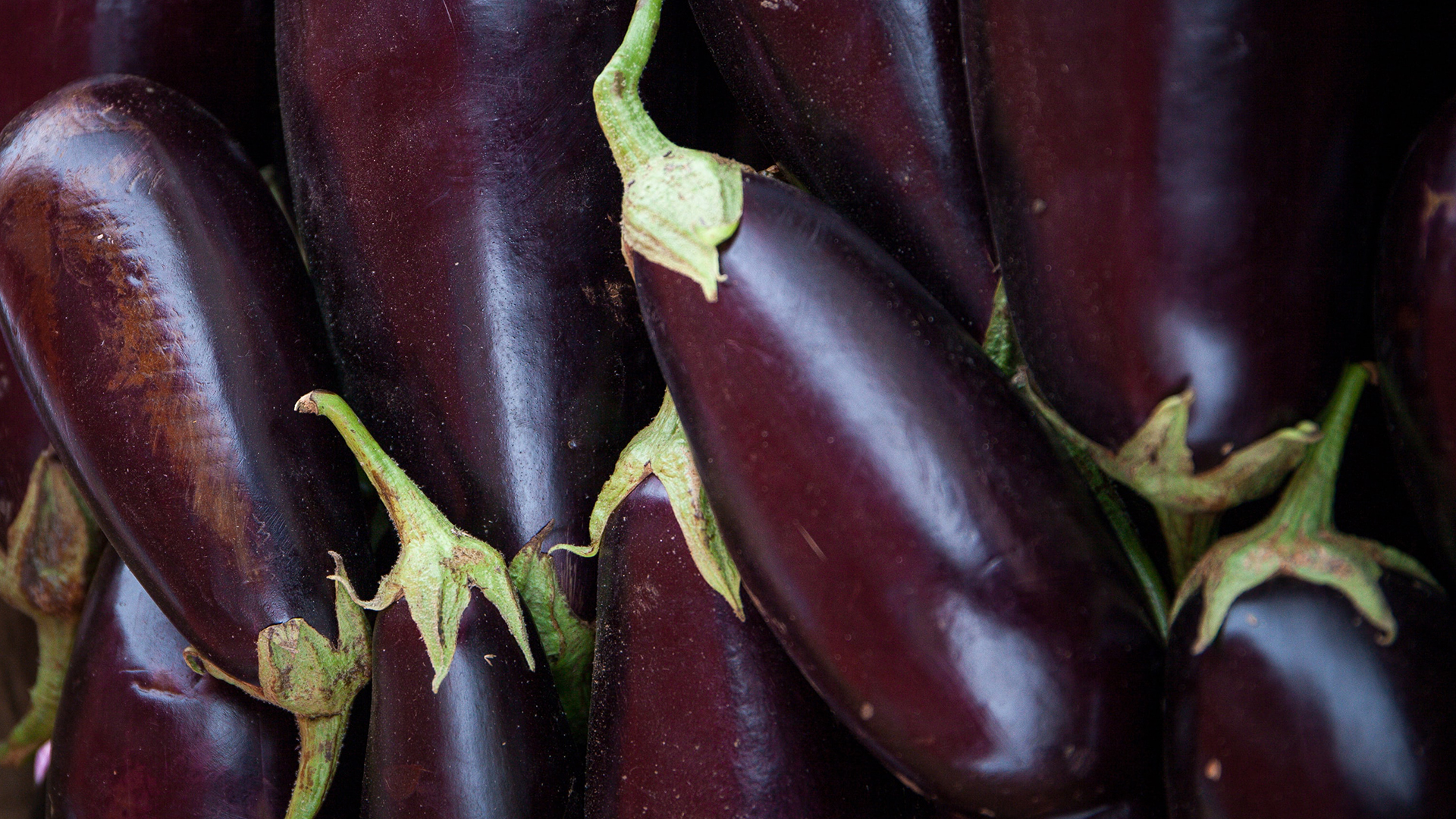
Once you know how to grow aubergines there’s no going back. They are a tasty, nutritious berry – yes you read that right – strictly speaking aubergines are berries, not vegetables.
Aubergines are from the nightshade family, the same as potatoes, peppers and tomatoes. Like those plants, the leaves are poisonous, but it’s not the leaves that concern us here, but the dietary fiber-rich glossy purple fruit, which is also a good source of vitamins B1, B6 and potassium, manganese, magnesium and copper. In short, they make a wonderful crop to add to your kitchen garden ideas.
Aubergines are the mainstay of popular recipes such as moussaka, aubergine parmigiana and baba ganoush, so if you grow your own aubergines, that’s dinner sorted.
The good news is that most common varieties don’t now have the bitterness of those available 10 years ago or more, so there's no need to drench them with salt before cooking.
How to grow aubergines from seed
When planning a kitchen garden, bear in mind that aubergines like warm, sunny conditions and won’t survive in temperatures below 68°F/20°C. They like a moisture-retentive, rich soil, and just like tomatoes and peppers will need regular feeding when fruiting.
‘For optimum results, grow the aubergine somewhere warm and prone to the sun. Greenhouses are ideal, but placing your plant on a windowsill will work just fine, too,' says Claire Ransom, founder of LazyFlora.com.
‘It’s best to start off with a small pot; once the roots begin to fill the pot then transfer it to a bigger one. To encourage branching, snip off the main tip when the plant reaches around 12in/30cm in height,’ adds Claire.
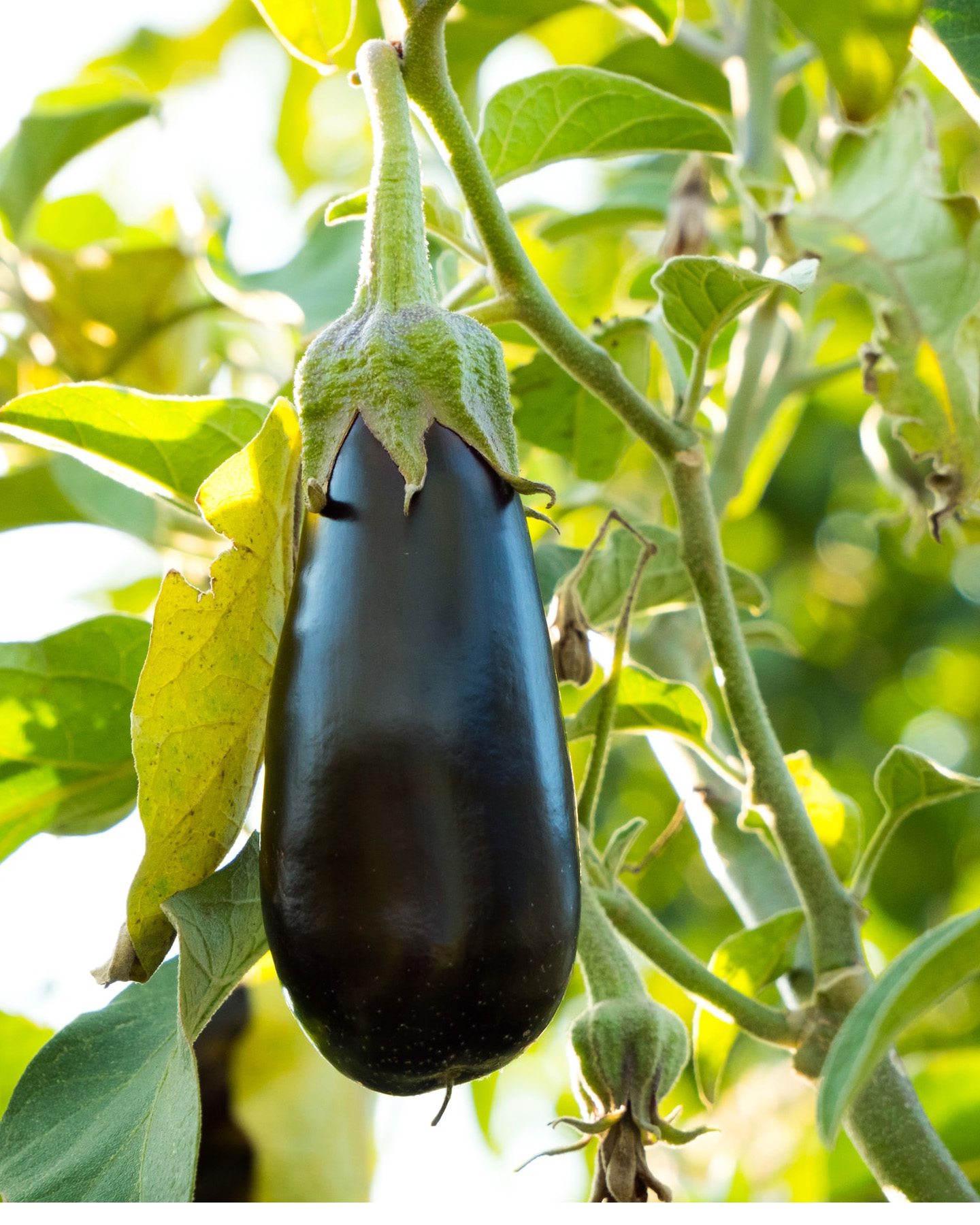
Grow aubergines in a flower garden
Aubergine plants are attractive too, making great flower bed ideas. Melinda Myers, gardening expert, author, and host of The Great Courses’ How to Grow Anything DVD series, agrees, saying: ‘Eggplants make great vegetable garden container ideas. Combining them with a few complementary flowers can create a beautiful display. The purple flowers and colorful fruit make it an attractive and edible addition to vegetable gardens, flowers beds and containers.’
However, if you’re after something in particular, go to a specialist, advises Melinda Myers. ‘Garden Centers and nurseries tend to sell just the more popular varieties. Try starting plants from seeds when you want to try new, heirloom or unique eggplant varieties.’
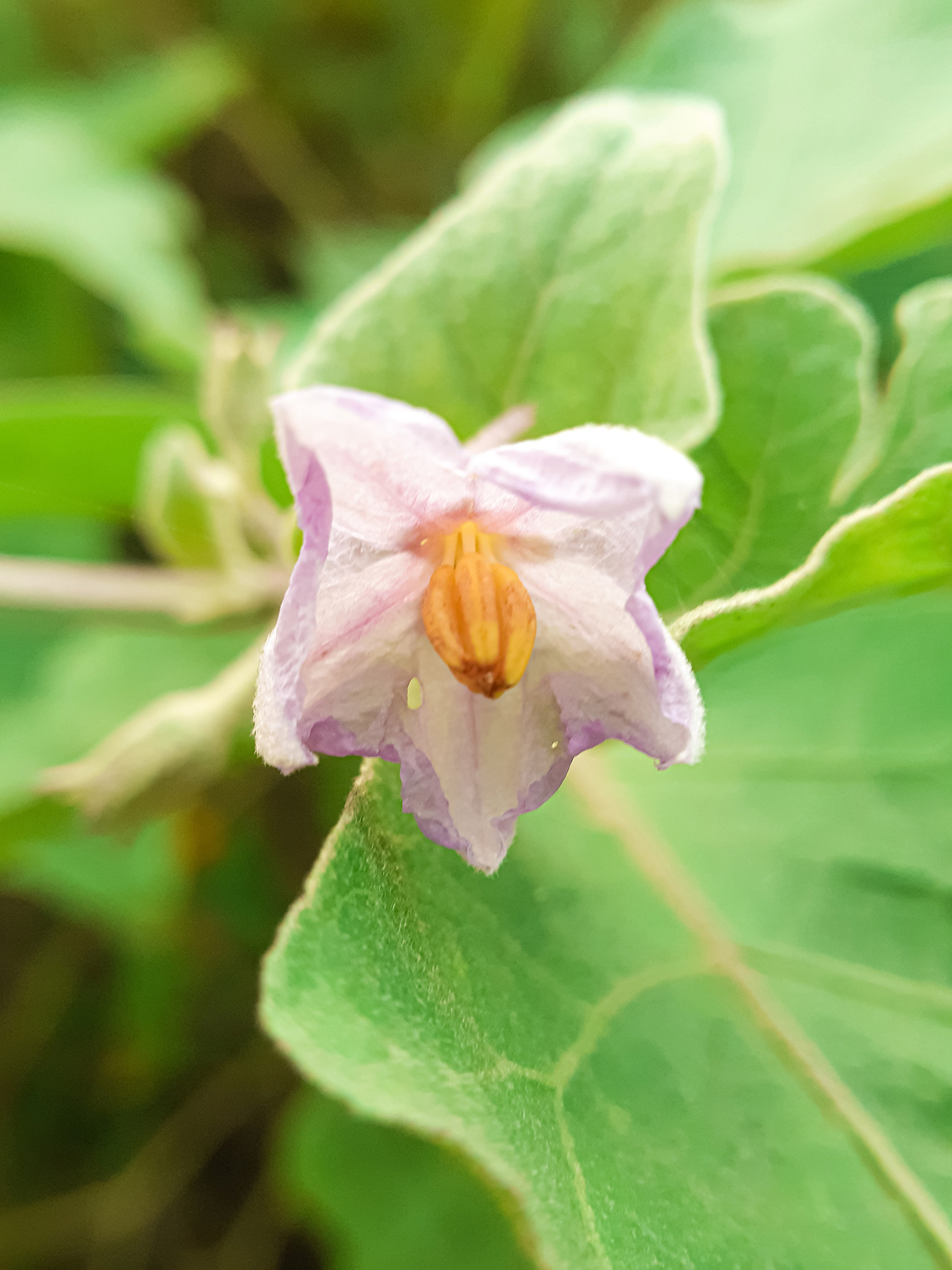
How to grow aubergines from seed
To grow aubergines from seed you need to start them off early in the year as they can take up to six months to grow before you can begin to harvest.
If you’re able to grow them outside in the garden – if you have a sunny spot and consistent temperatures of 68°F/20°C/ – it’s still a good idea to start your seeds off inside as they need warm temperatures to germinate.
Don McCulley of Swallowtail Garden Seeds says: ‘Aubergine will not germinate in cool soil, so sow seed indoors in cell packs or flats eight weeks before the soil warms in your area. Kept between 80 to 90°F, germination is in seven to 14 days. Transplant the seedlings into the garden 18-24in. apart and begin harvesting when fruits are about half their full size.’
Don McCulley recommends the Patio Baby variety, which he says is ‘perfect for containers and small space gardening and produces dozens of 2-3in, mini deep purple egg-shaped fruits. Use the bitter-free, mild-flavored, cute little fruits as you would regular-sized aubergines.’
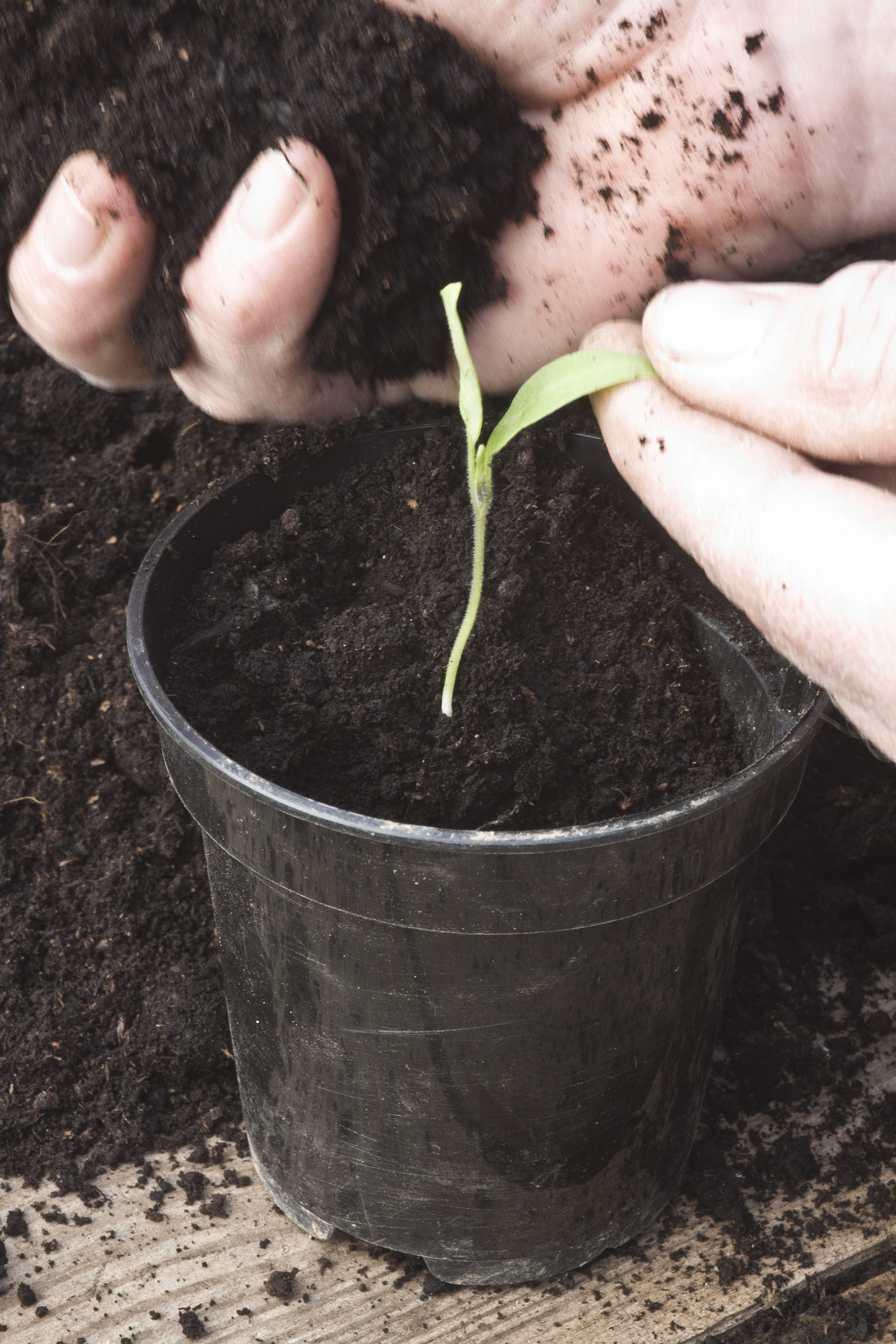
Are aubergines easy to grow?
As always, it’s a case of right plant, right place, right treatment. If you position your aubergine plants correctly and give them the right conditions they will thrive and produce a good and tasty harvest.
Melinda Myers has the following advice: ‘Add compost or well-rotted manure to the garden soil to improve drainage in heavy clay soils and increase water holding ability in fast draining sandy soils.
'Incorporate fertilizer at planting according to soil test recommendations. Or consider a slow release low nitrogen fertilizer for eggplants that provides small amounts of nutrients over several months. This feeds your plants the way we are supposed to eat – small amounts over a longer period of time.’
And the key to good flavor? Is proper watering according to Melinda, who says, ‘Keep the soil consistently moist, not wet, for less bitter flavor and greater yield. Check soil moisture in the top few inches every few days for new plantings. Keep the roots and surrounding soil slightly moist and gradually extend the time between watering as roots begin to expand into the surrounding soil.’
For established plants the following applies, says Melinda: ‘Water thoroughly, when the soil is crumbly but only slightly moist, and less frequently to encourage deep drought tolerant roots.’
For heavy clay soils you will need to water established plants once a week, says Melinda ‘those in faster draining soil more often. The hotter the weather the more often you water. Spreading a layer of shredded leaves, evergreen needles or other organic mulch over the soil surface will help keep the soil consistently moist. Remove weeds that compete for water and nutrients and can attract insects and diseases to the garden.’
Luckily, learning when to pick aubergines is easier than learning how to grow them, so your hard work will always pay off.
Do aubergine plants need support?
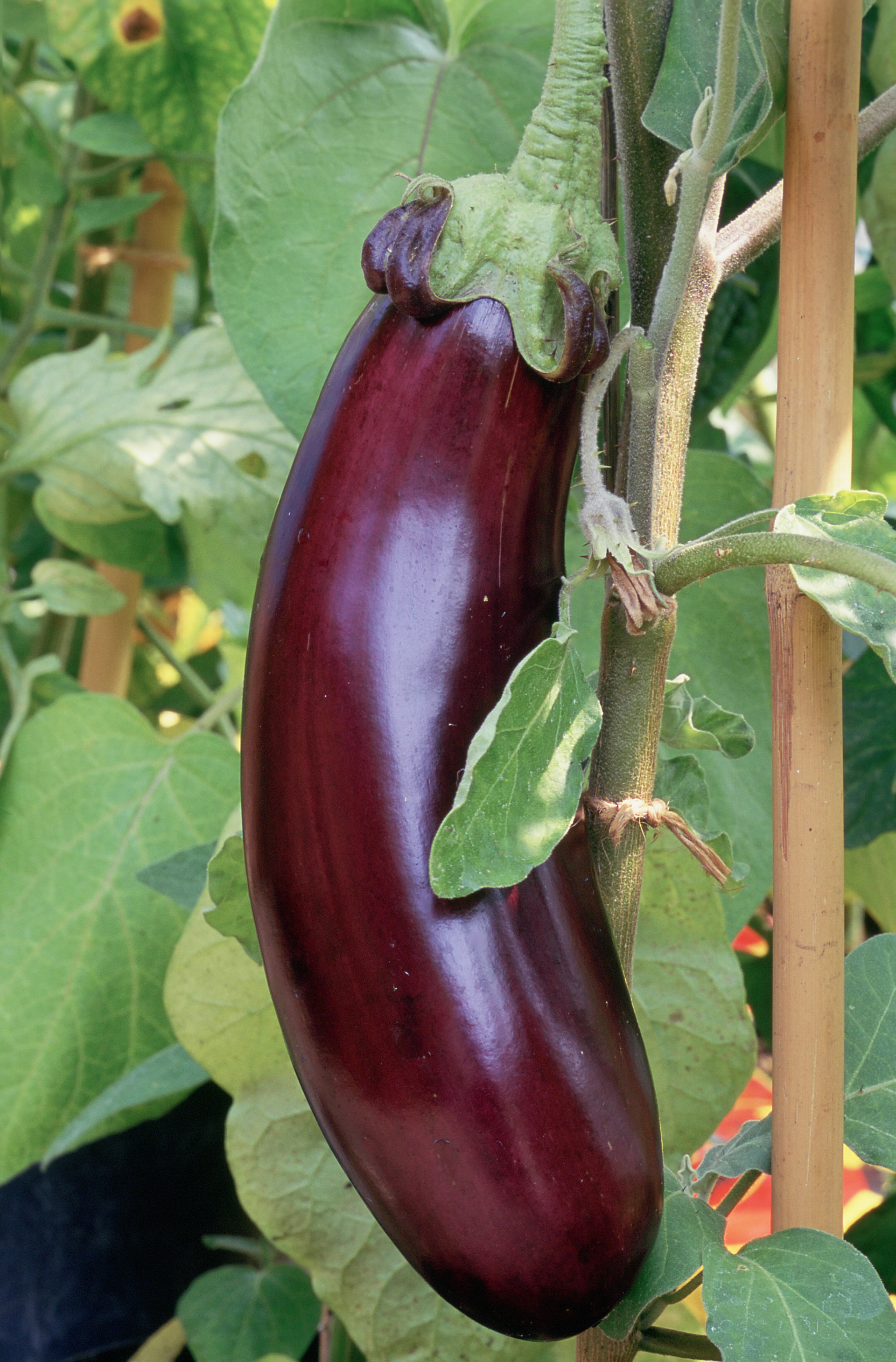
Our garden experts disagree on this point. Claire Ransom of LazyFlora says: ‘Once growth is underway, use some bamboo sticks to support the plant. Aubergines can grow pretty big and end up rather heavy.’
Whereas Melinda Myers says that 'although aubergines are a relative of tomatoes and requires similar care, they need less space and no staking.’
There's no harm, however, in using something as simple as low vegetable garden trellis ideas to safeguard your crop.
How long does it take to grow aubergines?
It can take as long as six months from sowing to harvest to grow aubergines, which is why our experts advise sowing your seeds and getting your plants established early on in the growing season.
‘You can tell when the vegetable is ready to harvest, as they will have a gorgeous glossy finish. Once over-ripe, they will appear dull,’ says Claire Ransom. ‘Once the plant has been picked, it is best to eat them straight away. Alternatively store them in the fridge for a few days.’
Recommended varieties of aubergine to grow at home
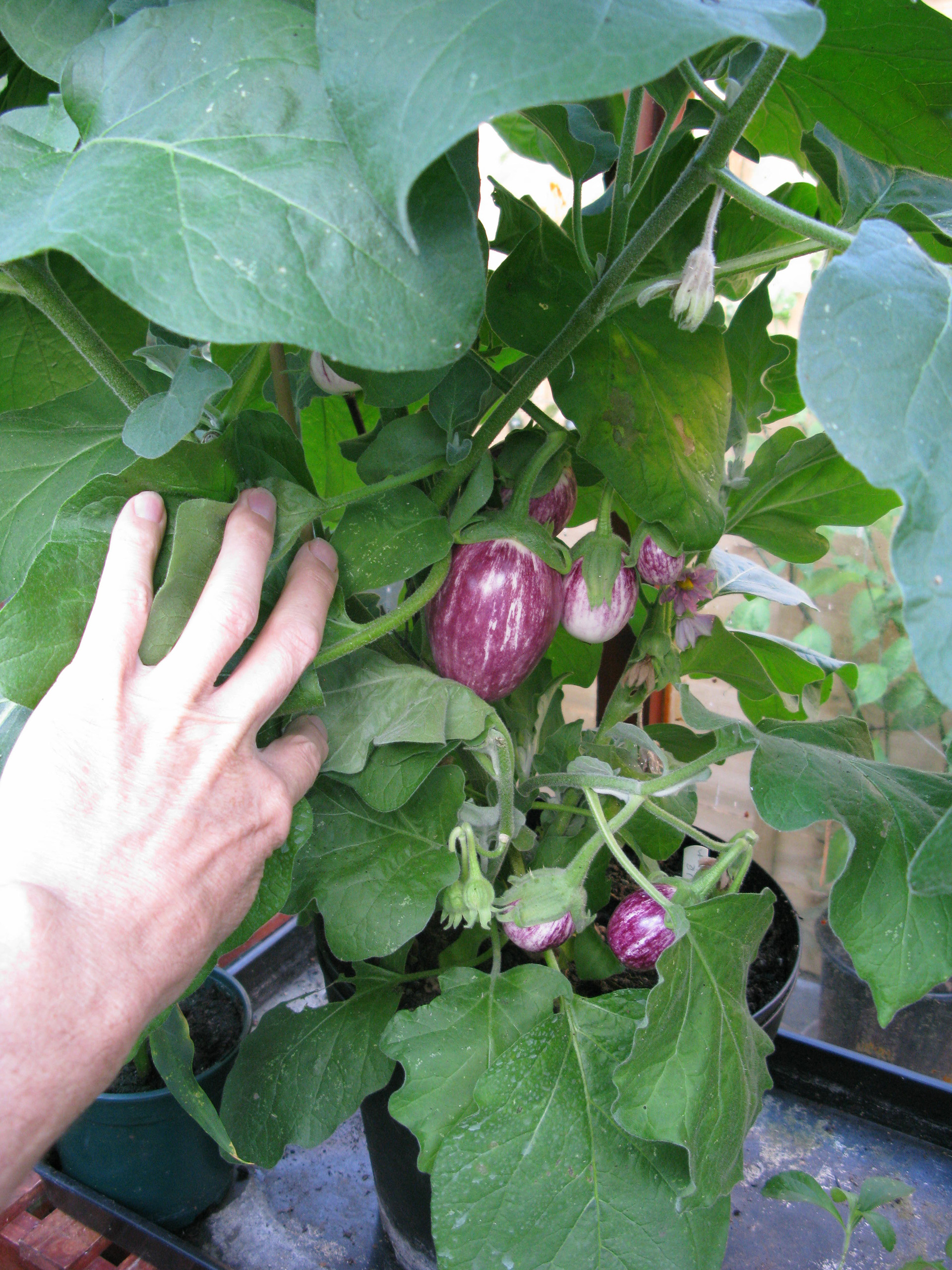
Pictured above is the attractive Aubergine 'Pinstripe', an unusual variety that produces small, oval-shaped, light purple fruits with creamy white stripes.
Melinda Myers suggests trying the following varieties of aubergine:
Fairy Tale with lavender stripes on a long narrow purple fruit.
Hansel has purple elongated tear drop shaped fruit that holds its flavor and texture even when left on the plants a few days after they reach maturity.
Icicle is new for 2022 and has long cylindrical white fruit with fewer seeds and plants with greater resistance to insects and environmental stresses.
Rosa Bianca is an Italian heirloom with plump round white fruit with rosy pink streaks
Violetta Di Firenze is one of the Italian aubergines. This type of aubergine tends to be shorter and plumper than Dusky and Black Beauty that are still popular
Common problems with aubergine
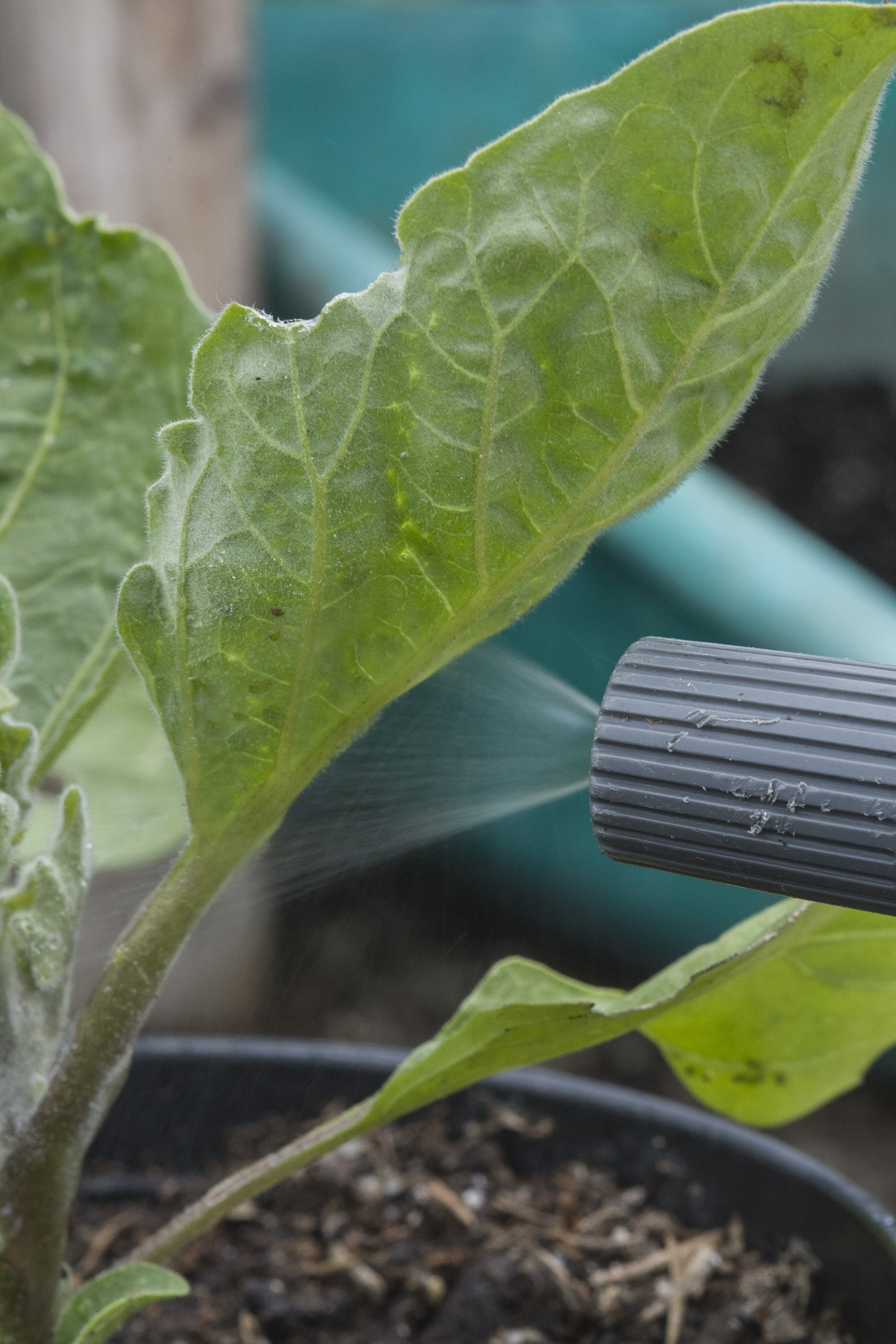
A note of reassurance from Melinda Myers. ‘Even though the list of pest problems of aubergine can seem overwhelming, they are generally easy to grow with few problems. As a relative of the tomatoes they suffer many of the same insect and disease problems.'
Bear in mind that the best way to prevent disease or pest damage is to provide the best growing conditions to ensure strong, healthy plants and keep them well fed and watered.
Look out for the following:
- Aphids – spraying with a weak solution of soapy water is one of the ways to get rid of aphids from the young plants.
- Flea beetles can eat small holes in the leaves of the plants weakening the plants and negatively impacting fruit growth.
- Colorado potato beetles which strip the leaves – this pest is widespread throughout temperate regions of Europe, Asia, Mexico and in the western USA but has been eradicated from the UK.
- Stink bugs feed on the fruit.
- Horn worms are voracious eaters – one of two can quickly defoliate a plant and reduce yield.
- Early blight and fungal leaf spot causing brown spots on leaves that can spread throughout the plant and diminish productivity.
Melinda concludes, ‘proper care and selecting the best varieties for your growing conditions can greatly minimize problems.’
Good luck, and happy and productive aubergine growing!
Sign up to the Homes & Gardens newsletter
Design expertise in your inbox – from inspiring decorating ideas and beautiful celebrity homes to practical gardening advice and shopping round-ups.
Karen sources beautiful homes to feature on the Homes & Gardens website. She loves visiting historic houses in particular and working with photographers to capture all shapes and sizes of properties. Karen began her career as a sub-editor at Hi-Fi News and Record Review magazine. Her move to women’s magazines came soon after, in the shape of Living magazine, which covered cookery, fashion, beauty, homes and gardening. From Living Karen moved to Ideal Home magazine, where as deputy chief sub, then chief sub, she started to really take an interest in properties, architecture, interior design and gardening.
-
 How to clean a patio – 6 different methods, and when you must use a chemical cleaning agent
How to clean a patio – 6 different methods, and when you must use a chemical cleaning agentFrom manual scrubbing, natural solutions or calling in the pros, industry experts reveal the benefits and considerations of each method
By Andy van Terheyden Published
-
 Kris Jenner's favorite air fryer, the Ninja Crispi, is the perfect small kitchen solution – it deserves a place on the most compact of countertops
Kris Jenner's favorite air fryer, the Ninja Crispi, is the perfect small kitchen solution – it deserves a place on the most compact of countertopsKris approves of this compact yet powerful air fryer, and so do our own kitchen appliance experts, praising it for its multifunctionality
By Hannah Ziegler Published